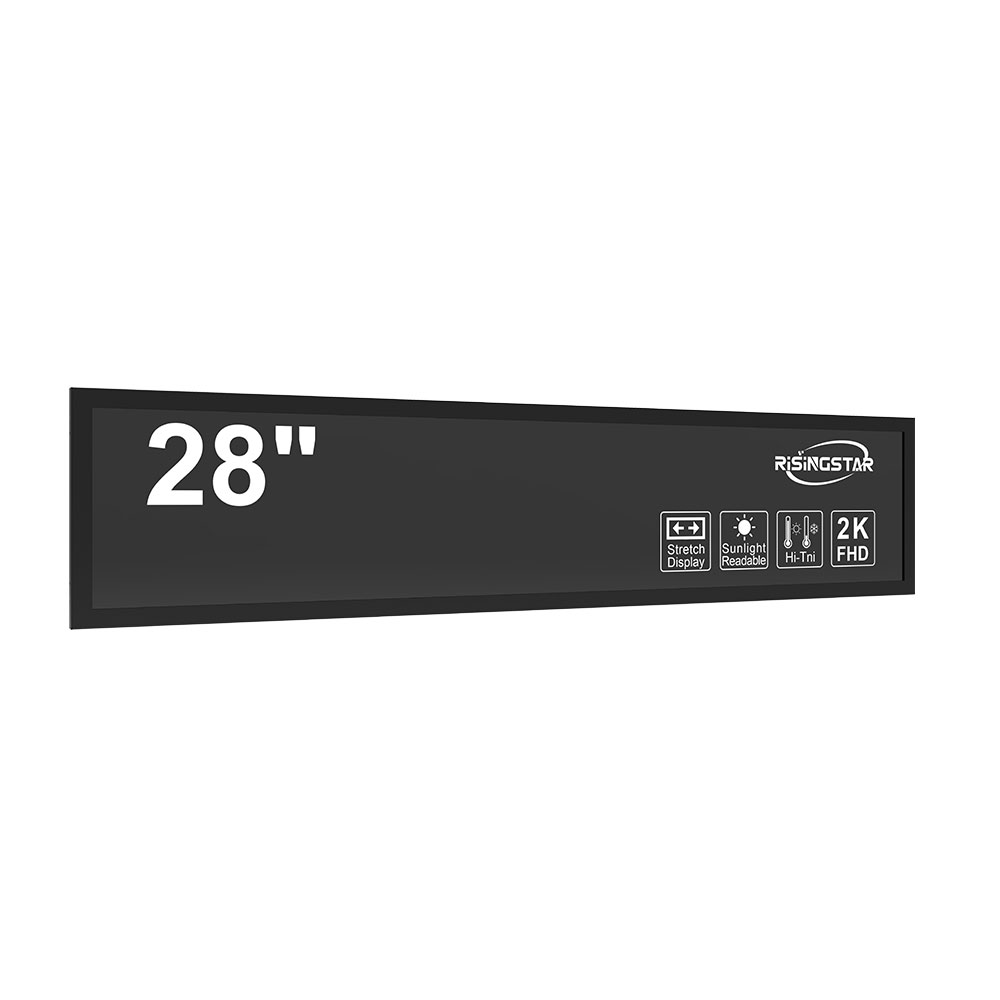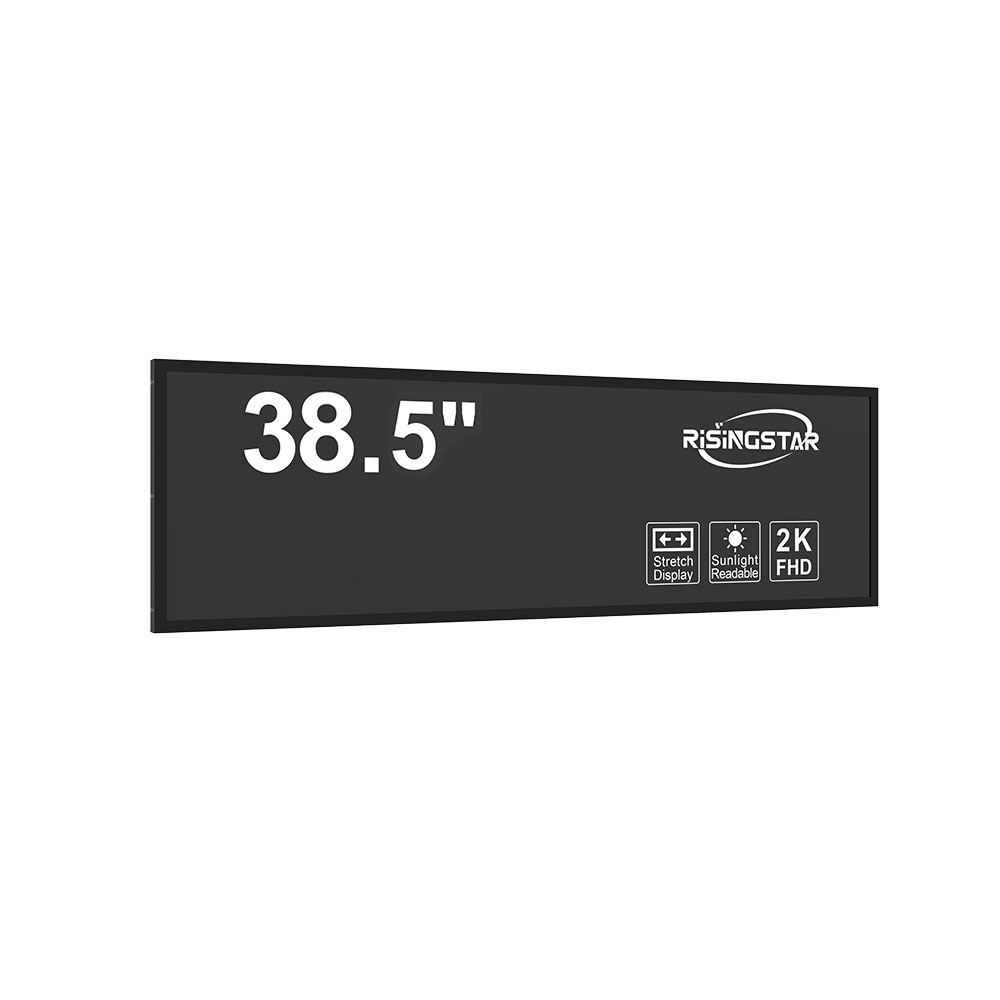
Declaración de privacidad: Su privacidad es muy importante para nosotros. Nuestra empresa promete no divulgar su información personal a ninguna empresa externa sin su permiso explícito.
High-brightness sunlight-readable LCD screens have become indispensable in industrial, military, transportation, and outdoor environments where visibility under direct sunlight is critical. With display ratios such as 4:3 (commonly used in legacy industrial systems) and sizes ranging from 15” to 19”, these displays are engineered to deliver exceptional clarity even in extreme lighting conditions—ranging from bright daylight (>10,000 nits) to low-light indoor settings.
Manufacturers like Evesham Technologies, Innolux, and LG Display leverage advanced backlight technologies—including high-efficiency LED arrays, polarized diffusers, and anti-glare coatings—to achieve brightness levels exceeding 5,000 nits, with some models reaching 10,000 nits or more. These specifications meet MIL-STD-810G environmental durability standards and often comply with ISO 16750 for automotive applications, ensuring reliability in vibration-prone and temperature-extreme environments.
For 4:3 aspect ratio displays (e.g., 15” and 17”), the format remains popular in control panels, medical devices, and point-of-sale terminals due to its compatibility with older software interfaces and ergonomic vertical space optimization. Meanwhile, 19” displays (typically 4:3 or 16:9) serve industrial automation and embedded systems requiring larger touchscreens or dual-monitor setups in confined spaces. The use of IPS (In-Plane Switching) or MVA (Multi-domain Vertical Alignment) panel technologies ensures wide viewing angles (up to 178°), essential for multi-user operations in harsh conditions.

Case studies from the defense sector—such as U.S. Army vehicle-mounted command units—demonstrate that sunlight-readable LCDs reduce operator fatigue by up to 60% compared to standard displays. Similarly, in solar-powered IoT gateways deployed in remote locations, high-brightness LCDs with adaptive brightness control extend battery life while maintaining readability. Thermal management via heat sinks and low-power consumption backlights (e.g., 30–50W per 19”) further enhances longevity.
To ensure optimal performance, system integrators must consider factors such as ambient light sensors for automatic brightness adjustment, ruggedized housing (IP65/IP67 rated), and compatibility with industrial operating systems like Windows Embedded or Linux-based real-time kernels. When paired with touch overlays (resistive or capacitive), these screens support glove-friendly input, a necessity in oil & gas or cold-chain logistics environments.
By combining rigorous testing protocols (like the IEC 60068-2-14 salt spray test), compliance with RoHS/REACH regulations, and partnerships with OEMs, manufacturers continue to push the boundaries of brightness, contrast, and operational resilience—making high-brightness sunlight-readable LCDs a foundational technology for mission-critical visual interfaces worldwide.

Enviar correo electrónico a este proveedor

Declaración de privacidad: Su privacidad es muy importante para nosotros. Nuestra empresa promete no divulgar su información personal a ninguna empresa externa sin su permiso explícito.